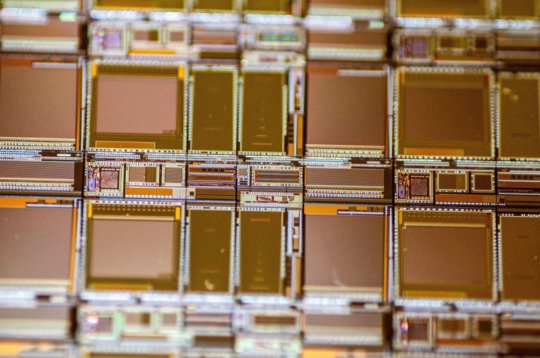
The automotive industry research is strongly focused on technology that
enables automated driving. A new sensor system should help increase passenger
safety, say researchers.
News of the first serious accident involving an automated electric vehicle made one of the headlines this summer. The vehicle in question collided with a truck while in autopilot mode. According to the manufacturer, the front cameras could not perceive the oncoming semitrailer properly. Additionally, an incorrect radar measurement prevented the activation of the emergency brakes. "A camera's accuracy depends very much on the lighting available. In this case, it failed. The radar system recognized the obstacle, but couldn't locate it precisely and mistook the truck for a road sign," says Werner Brockherde, head of the CMOS Image Sensors business unit at the Fraunhofer Institute for Microelectronic Circuits and Systems IMS in Duisburg. Instead, the researcher and his team are counting on light detection and ranging (LiDAR) technology, which they have refined for this purpose. In combination with other components, this technology fulfills the requirements for independent steering, braking and acceleration. "LiDAR could have probably prevented the crash," Brockherde surmises. The system could complement currently used camera and radar technology in automated driving to obtain a complete view of the driving environment and thus better perceive traffic obstacles.
A LiDAR system works by emitting pulsed laser beams, which reflect on the surface of objects, and capturing any signals that are reflected back with the help of time-of-flight cameras. It can then use the time it took for the light to travel to and from the objects to calculate the distance, position and relative speed of surrounding vehicles, cyclists, pedestrians or construction sites. This data makes it possible to avoid collisions.
In a flash, the scene is set
Conventional LiDAR devices aim a single laser beam at a rotating mirror to capture the surroundings through 360 degrees. Google uses this technology for its driverless cars, for example. However, these mirror-based systems are rather bulky and prone to mechanical error, leading many car manufacturers to forgo installing the LiDAR system in their vehicles. For this reason, Brockherde and his team at Fraunhofer IMS use ultrasensitive sensors that can capture the car's entire surroundings with just one laser flash and no need for mirrors. The researchers have dubbed the new generation of sensors "Flash LiDAR." They are composed of photodiodes developed at Fraunhofer IMS known as single photon avalanche diodes (SPAD). "Unlike standard LiDAR, which illuminates just one point, our system generates a rectangular measuring field," Brockherde explains.
SPADs are a hundred times more sensitive than the photodiodes integrated into smart-phones. Their advantage over the original LiDAR system is that both the sensor and the electronic evaluation unit can be integrated on a single chip, meaning that the new devices will be considerably smaller and sleeker. As a result, car manufacturers can easily fit them behind the windshield or a headlamp. The IMS researchers' ultimate goal is for Flash LiDAR to be able to sense road obstacles from a distance of up to 100 meters.
"The first systems with our sensors will go into production in 2018," Brockherde says. The sensitive sensors are also of interest for other application fields such as medicine, analytics and microscopy, as they also function in low light intensity.

 Previous page
Previous page Back to top
Back to top







